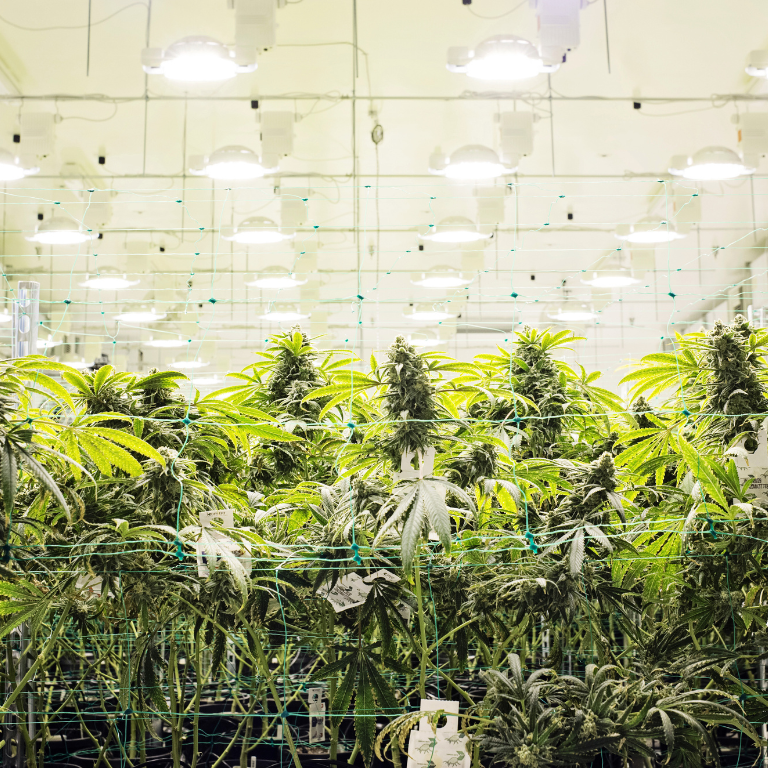The legalization of cannabis has dramatically transformed its supply chain dynamics, introducing both opportunities and challenges. This article explores the impact of legalization on cannabis supply chains, focusing on risk management strategies to navigate this evolving landscape successfully.
The Shift from Illicit to Legal Supply Chains
Legalization has shifted cannabis production and distribution from illicit markets to regulated frameworks. This transition has brought several changes:
Regulatory Compliance: Legal supply chains must adhere to stringent regulations, including cultivation standards, product testing, packaging, and distribution protocols. Compliance ensures product safety and quality but also introduces complexities and costs that were absent in the illicit market.
Transparency and Traceability: Legalization mandates transparency and traceability across the supply chain. Seed-to-sale tracking systems are now standard, allowing regulators to monitor cannabis from cultivation to consumer sale. While this enhances accountability, it also requires significant investment in technology and training.
Market Competition: The legal market fosters competition, driving innovation and efficiency. Licensed producers and distributors must differentiate themselves through quality, branding, and customer experience, unlike the homogeneity of illicit products.
Key Risk Management Strategies
Navigating the legalized cannabis supply chain requires robust risk management strategies. Here are essential steps to consider:
Regulatory Requirements
Staying informed about regulatory requirements is crucial. Regulations vary by state and country, encompassing aspects such as:
Licensing procedures
Security measures
Quality control standards
Marketing and advertising restrictions
Engage with legal experts who specialize in cannabis law to ensure compliance and avoid costly penalties.
Implementing Robust Compliance Programs
Develop comprehensive compliance programs to manage regulatory obligations. This includes:
Regular training for employees on compliance protocols
Establishing internal audit systems to monitor adherence
Maintaining accurate records and documentation
A proactive compliance program minimizes the risk of violations and enhances operational efficiency
Investing in Technology
Technology plays a pivotal role in modern cannabis supply chains. Key investments include:
Seed-to-Sale Tracking Systems: These systems ensure product traceability, helping comply with regulatory mandates and providing transparency to consumers.
Inventory Management Software: Efficient inventory management prevents overproduction or stockouts, optimizing the supply chain.
Security Technology: Advanced security measures such as surveillance systems, alarm systems, and secure storage facilities protect against theft and ensure compliance with legal requirements.
Building Strong Relationships with Suppliers
Cultivating strong relationships with reliable suppliers is vital for a stable supply chain. Vet suppliers thoroughly to ensure they meet quality and compliance standards. Long-term partnerships can provide stability and reduce the risk of supply disruptions.
Ensuring Product Quality
Maintaining high product quality is essential for consumer safety and brand reputation. Implement rigorous quality control measures, including:
- Regular testing for contaminants and potency
- Standard Operating Procedures (SOPs) for cultivation and manufacturing
- Continuous improvement programs to enhance quality and efficiency
Adapting to Market Changes
The cannabis market is dynamic, with evolving regulations, consumer preferences, and competitive landscapes. Stay agile by:
- Monitoring industry trends and regulatory updates
- Diversifying product offerings to meet changing consumer demands
- Being prepared to pivot strategies in response to market shifts
Legalization has redefined cannabis supply chains, introducing new opportunities and risks. By understanding regulatory requirements, implementing robust compliance programs, investing in technology, building strong supplier relationships, ensuring product quality, and adapting to market changes, businesses can navigate the complexities of the legalized cannabis market. Effective risk management is key to thriving in this evolving industry, ensuring long-term success and sustainability.
FAQs
- How has legalization impacted the transparency and traceability of cannabis products?
Legalization has greatly increased transparency and traceability in the cannabis industry through seed-to-sale tracking systems. These systems ensure that every stage of the supply chain is monitored, reducing the risk of diversion to the illicit market and guaranteeing that consumers receive safe, regulated products. However, implementing these systems requires significant investment in technology and staff training.
- What are the main regulatory compliance challenges for cannabis businesses post-legalization?
Cannabis businesses face several regulatory compliance challenges, including adhering to varying state and local regulations, maintaining detailed records, implementing stringent security measures, and ensuring product quality through regular testing. Keeping up with frequent regulatory changes and developing robust compliance programs are essential to overcoming these challenges.
- What risk management strategies are essential for navigating the legalized cannabis supply chain?
Key risk management strategies include understanding and staying updated on regulatory requirements, implementing comprehensive compliance programs, investing in technology like seed-to-sale tracking and security systems, building strong supplier relationships, ensuring rigorous product quality control, and remaining adaptable to industry trends and regulatory changes.
















